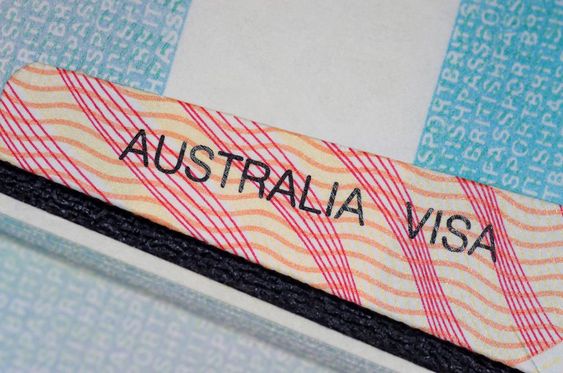If you plan to move to Australia for further studies, hold on! Firstly you need to apply for an Australian student visa, you’ll need to submit your application from abroad instead of from within Australia. This change affects holders of certain visas, including Visitor and Temporary Graduate visas, who will no longer be permitted to apply for Student visas while residing in Australia. The rule has come into effect on July 1. The Australian government emphasised that it will only consider student visa applications from offshore applicants who genuinely intend to pursue studies in Australia.
What are the New Regulations for Australia’s Student Visa?
- These reforms include shorter post-study work rights and reduction in age eligibility from 50 to 35 years old heightened English language proficiency requirements that were introduced in March.
- To be eligible for a visa, students must have at least A$29,710 (Rs 16,29,964), under the revised rules.
- These change aims to guarantee that students can pay for the necessities of life while enrolled in classes in Australia.
- Under the new regulations, holders of visitor visas are permitted to study for up to three months while their visa is valid.
- Individuals planning to pursue studies exceeding this period must apply for a Student visa from outside Australia.
The reason behind new visa rules
- The government increased the English language proficiency criteria in March for student visas.
- In addition, it has been putting measures into place to stop students from using different ways to prolong their stay.
- Australia’s export-driven foreign education sector is expected to contribute AUD$36.4 billion ($24 billion) to the country’s GDP in 2022–2023.
- With rental rates skyrocketing nationwide and unprecedented migration broadly driven by overseas students has put pressure on the government.
- In the year ending 30 September 2023, net immigration increased by 60 per cent to a record 548,800.
- Over the next two years, the government anticipates that its measures may cut Australia’s immigration intake in half.
Affected Visa types
Certain visa holders in Australia, including Temporary Graduate, Maritime Crew, and Visitor visa subclasses, are now prohibited from applying for a Student visa while within the country. Affected visa types include Subclass 485 (Temporary Graduate), Subclass 600 (Visitor), Subclass 601 (Electronic Travel Authority), Subclass 602 (Medical Treatment), Subclass 651 (eVisitor), and Subclass 988 (Maritime Crew). Furthermore, holders of Subclass 403 (Temporary Work) under the International Relations (Domestic Worker – Diplomatic or Consular) stream, Subclass 426 (Domestic Worker (Temporary) – Diplomatic or Consular), Subclass 771 (Transit), and Subclass 995 (Diplomatic Temporary – primary visa holders only) are already ineligible to lodge valid Student visa applications while in Australia.
Impact On Indian Students
- Increased Financial Burden: The fee increment made Australian student visas more expensive for Indian students, who constitute the second-largest group of international students in Australia. The application fee has increased to AUD 1,600 (INR 89K), a 225% rise from the previous AUD 710 (INR 39K).
- Decrease in Opportunities: The changes will reduce opportunities for Indian students to pursue higher education in Australia, especially for those seeking to extend their stay in the country.
- Stricter Requirements: Indian students will face stricter English language proficiency requirements that make it more challenging to secure a student visa.
- Additional Charges: The new charges also apply to accompanying dependents:- For each accompanying applicant aged 18 and over AUD 1,445 (INR 80K)- For accompanying family members under 18 years old: AUD 390 (INR 21K).
Australia’s new visa regulations showcase opportunities and challenges for Indian students. The changes aim to streamline processes and attract skilled workers introducing stricter requirements affecting the prospective migrants. The impact of these rules depends on how well they align with the aspirations of Indian applicants and Australia’s developing economic requirements. Both nations navigate this new landscape, and the ongoing adjustments to visa policies will play a crucial role in shaping bilateral relations and migration trends.






























